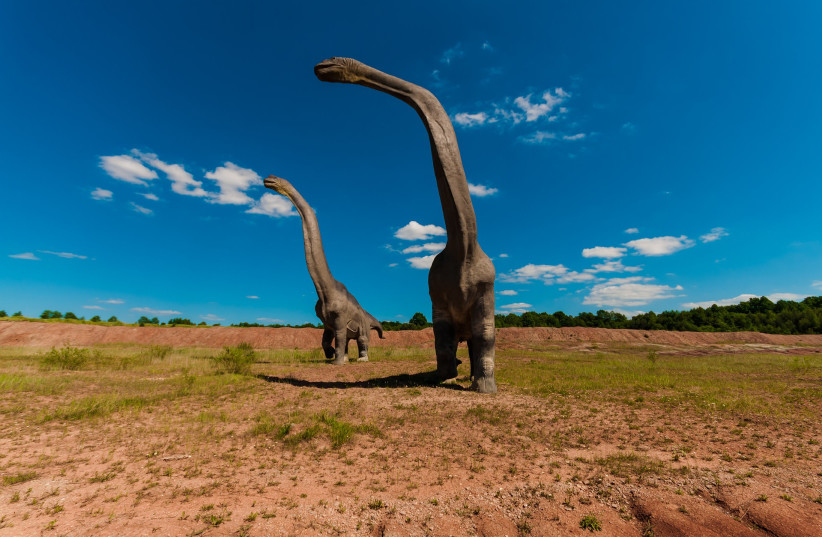Scientists believe they have discovered new evidence of an asteroid impact similar to the one that is theorized to have wiped out the dinosaurs, adding some potential proof to a long-controversial claim.
The Younger Dryas Impact Hypothesis, debated from the time it was presented in 2007, suggests that an asteroid or comet hit the Earth about 12,800 years ago causing a period of extreme cooling that contributed to the extinction of more than 35 species of megafauna including giant sloths, saber-tooth cats, mastodons and mammoths. It also coincides with a major decline in mankind.
In a study conducted this week by University of South Carolina researchers, published in Nature's Scientific Reports, further evidence of the asteroid or comet is presented. The research was done in White Pond near Elgin, South Carolina.

The scientists used a core barrel to extract sediment samples from underneath the pond. The samples, dated to the beginning of the Younger Dryas with radiocarbon, contain a large platinum anomaly, consistent with findings from other sites, Moore says. A large soot anomaly also was found in cores from the site, indicating regional large-scale wildfires in the same time interval.
In addition, fungal spores associated with the dung of large herbivores were found to decrease at the beginning of the Younger Dryas period, suggesting a decline in ice-age megafauna beginning at the time of the impact.
One of the lead archaeologists, Christopher Moore, noted that the reason behind the controversy is due to the all-encompassing theory that a cosmic impact triggering cascading events leading to extinctions was viewed as unlikely by some scientists.
“It was bold in the sense that it was trying to answer a lot of really tough questions that people have been grappling with for a long time in a single blow,” he said, adding that some researchers continue to be skeptical.
Moore added that the new findings provide crucial clues as evidence builds in support of the Younger Dryas Impact Hypothesis.
“Those are big debates that have been going on for a long time,” he said. “These kinds of things in science sometimes take a really long time to gain widespread acceptance. That was true for the dinosaur extinction when the idea was proposed that an impact had killed them. It was the same thing with plate tectonics. But now those ideas are completely established science.”
